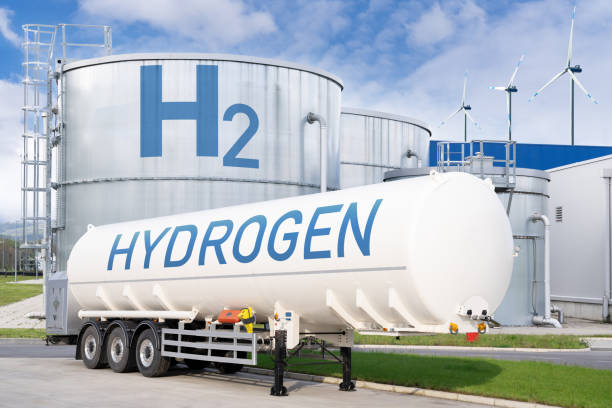Nigeria’s electricity supply industry has evolved to tackle various challenges over the last two decades. Schemes such as the Electric Power Sector Reform Act, the Credited Advanced Payment for Metering Implementation (CAPMI) and the Meter Asset Provider (MAP) have anchored this evolution. Despite these efforts, ineffective data capturing, poor tariff collections, and coordination challenges persist. The sector’s absence of system automation constrains the power supply and limits energy transition targets. This limitation negatively impacts grid management and data-backed decision-making processes.
Existing schemes
A mix of manual and automatic systems controls the Nigerian grid. The electricity supply chain utilises a manual tap changer alongside the NSONG platform, supervisory control, and data acquisition. (SCADA). The Transmission Company of Nigeria (TCN), the utility responsible for transmission and market operation services, announced that it is utilising internal tools and vendor-procured applications to improve market operations. Some of these solutions include upgrading the NSONG platform adoption of SCADA and the Central Data Management System (CDMS). These schemes are discussed respectively below.
The NSONG platform promotes the skeletal exchange of information, improving its previous functionality. Before the platform’s upgrade, grid control was primarily done via manual logs and email sending. According to TCN, the platform enables transparency within the electricity grid, facilitating seamless integration among generation companies, distribution companies, and the National Control Centre through the Generator Dispatch Tool (GDT) and Distribution Dispatch Tool (DDT).
For SCADA, it is internationally recognised as the best solution for coordination and market data recording. Its implementation is yet to be operationalised due to its significant financial implications. In 2018, TCN estimated the cost of a new SCADA system to be $65 million. As of September 2022, TCN announced that its procurement is still being actively pursued. TCN further promulgated its active work towards enabling SCADA implementation by constructing “two state-of-the-art control centres in Osogbo and Gwagwalada to house SCADA infrastructures“.
The Central Data Management System was launched by the federal government (FG) in 2020. In conjunction with the government, Sustainable Energy for All (SE4All) initiated this project under the Nigerian Energy Support Programme (NESP). It is intended to monitor power networks across the country to empower data-driven electrification planning and provide the government, investors and project developers to deliver former President Muhammadu Buhari’s power sector vision 30:30:30 – a target to deliver 30,000 MW of electricity by 2030 with at least 30 % coming from renewable energy. The project is carried out in collaboration with the European Union (EU) and the German government. Thus far, the Ministry of Power announced in 2022 that the project successfully mapped 21 states and the Federal Capital Territory, recoding a satellite mapping of 350,000 settlement clusters with over 2.6 million buildings identified and further noted 50,000 km of 33 KV and 11 KV power distribution lines tracked nationwide.
Cumulatively, these schemes led to increased metering penetration and reduced revenue losses to an extent, but they have not effectively addressed data capturing and sector illiquidity. This inefficiency contributes to monthly reconciliatory gaps between the Nigerian Bulk Electricity Trading Plc and the discos.
Benefit of automation
A verifiable electricity database is integral to developing socioeconomic opportunities. Aside from the numerous benefits like reliable load forecasting, reduction in technical and commercial losses, and enhanced grid monitoring and control, the data can be an engine for sustainable economic growth. Integrating the Internet of Things (IoT) enhances checks and balances, suppressing the likelihood of corruption. IoT devices are designed with critical functionalities such as digitalisation and algorithms that improve power quality and transmission reliability, reduce utilities’ operational costs and boost power distribution efficiency.
Power underpins societal development. It provides cross-cutting efficiency and development across all sectors and aspects of life. Thus, automating Nigeria’s power system to ensure sustainability and energy efficiency is crucial for overall advancement



